SA motorists keen to make electric switch
 When searching for their next car, more than 40% of South Australian motorists would consider going electric, a recent RAA survey has found.
Almost two-thirds of participants who said they’d consider buying an electric vehicle were driven by a desire to reduce pollution – most notably, greenhouse gas emissions.
Other reasons for pulling the plug on petrol included the low running costs of electric vehicles, as well as their impressive on-road performance.
On the flipside, half of survey respondents said problems accessing charging stations would put them off purchasing an EV.
High initial purchase prices were also a cause of concern, while 59% of respondents said they would be interested in purchasing an electric vehicle if the government built more EV charging stations – something RAA continues to lobby for, especially in regional areas.
RAA Mobility Technology Specialist Mark Borlace said lack of accessibility to charging equipment had always been a barrier to EV ownership, but progress was being made.
“RAA is urging the SA government to continue to invest in fast-charging stations in Adelaide and across SA to encourage the transition to electric vehicles,” he said.
“The quicker the charging stations are rolled out, the quicker the take-up of electric vehicles will be.”
When searching for their next car, more than 40% of South Australian motorists would consider going electric, a recent RAA survey has found.
Almost two-thirds of participants who said they’d consider buying an electric vehicle were driven by a desire to reduce pollution – most notably, greenhouse gas emissions.
Other reasons for pulling the plug on petrol included the low running costs of electric vehicles, as well as their impressive on-road performance.
On the flipside, half of survey respondents said problems accessing charging stations would put them off purchasing an EV.
High initial purchase prices were also a cause of concern, while 59% of respondents said they would be interested in purchasing an electric vehicle if the government built more EV charging stations – something RAA continues to lobby for, especially in regional areas.
RAA Mobility Technology Specialist Mark Borlace said lack of accessibility to charging equipment had always been a barrier to EV ownership, but progress was being made.
“RAA is urging the SA government to continue to invest in fast-charging stations in Adelaide and across SA to encourage the transition to electric vehicles,” he said.
“The quicker the charging stations are rolled out, the quicker the take-up of electric vehicles will be.”
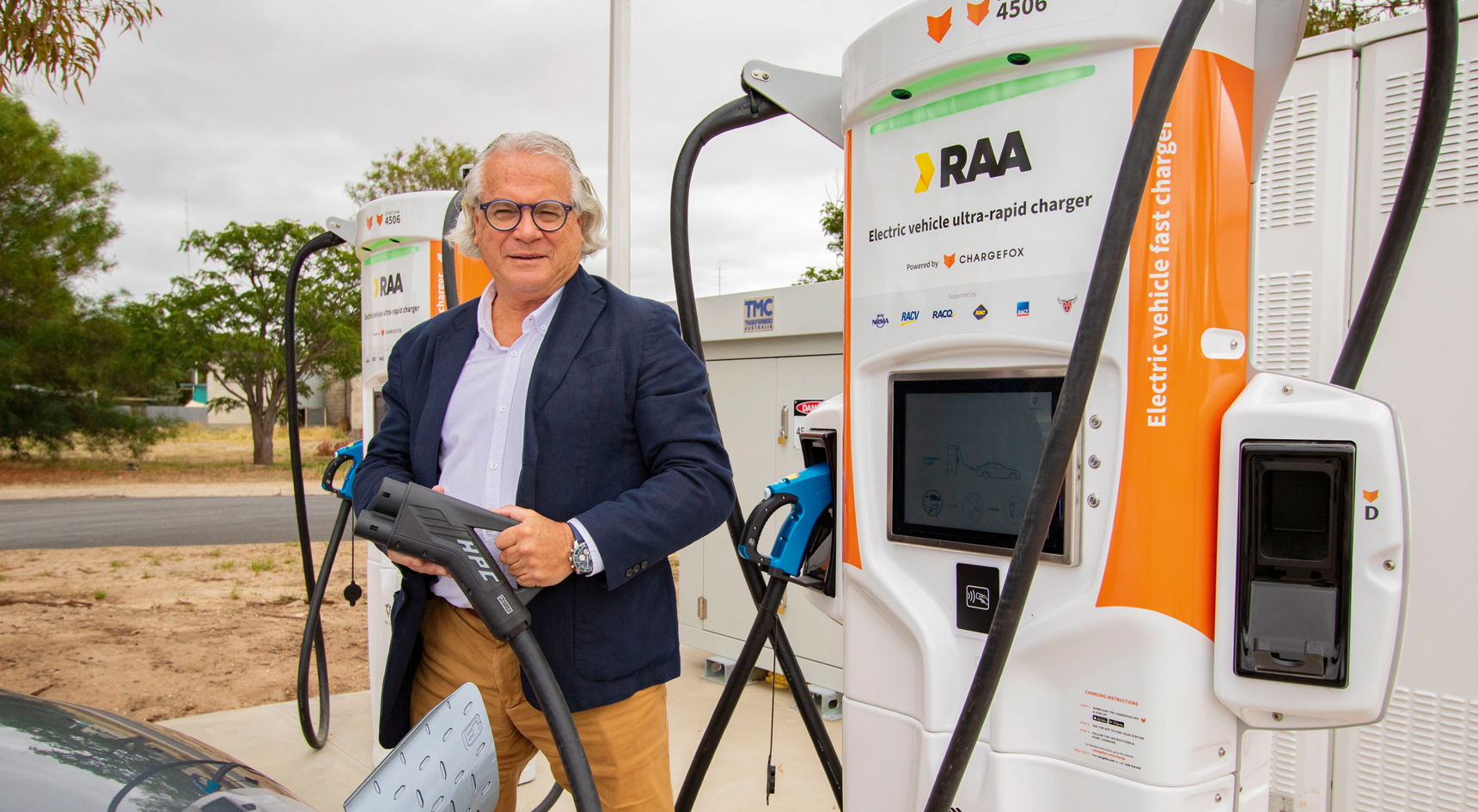
Mark Borlace unveiling the ultra-rapid chargers in Keith earlier this year. Image: RAA
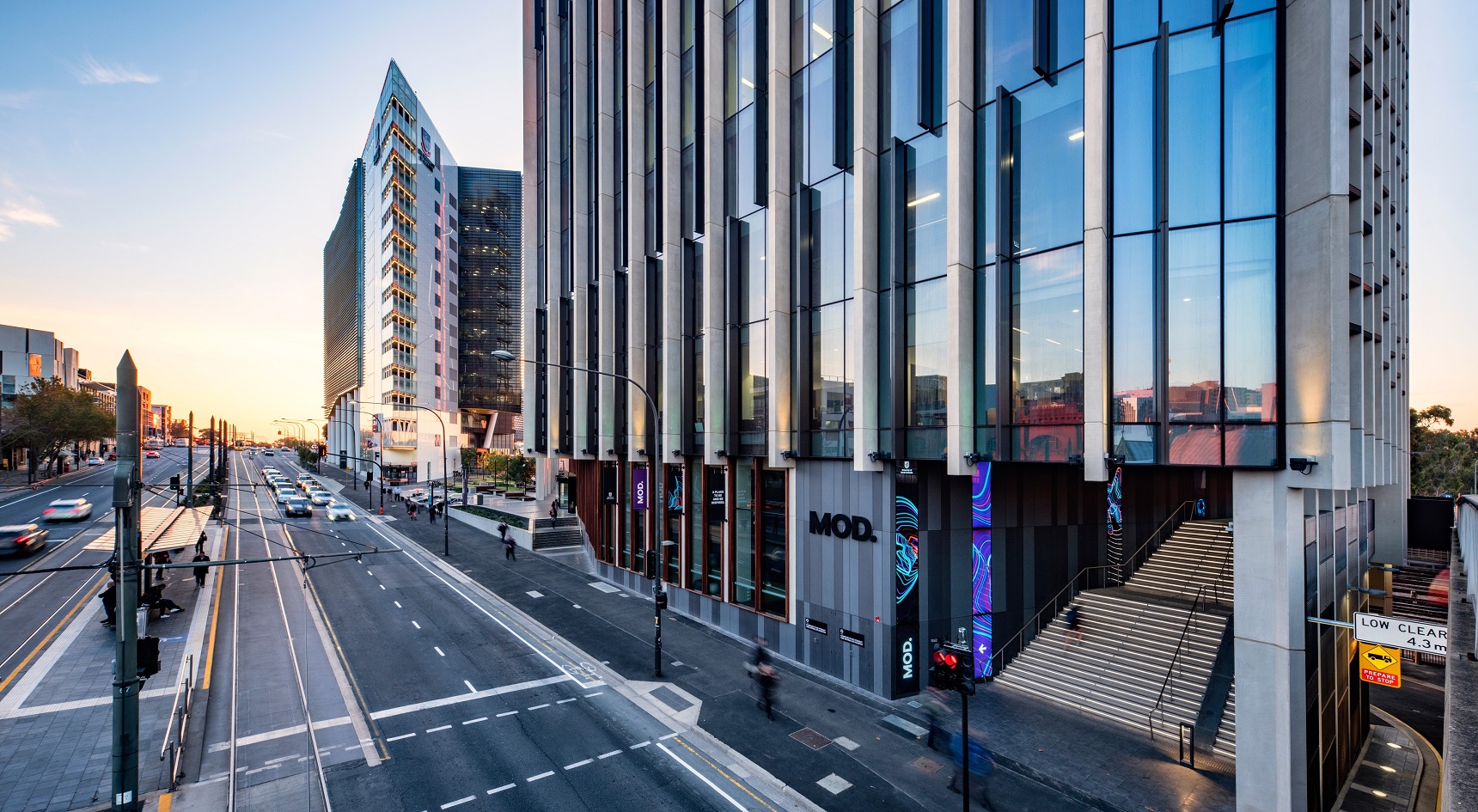
There are currently more than 40 electric vehicle charging stations in Adelaide. Image: SATC
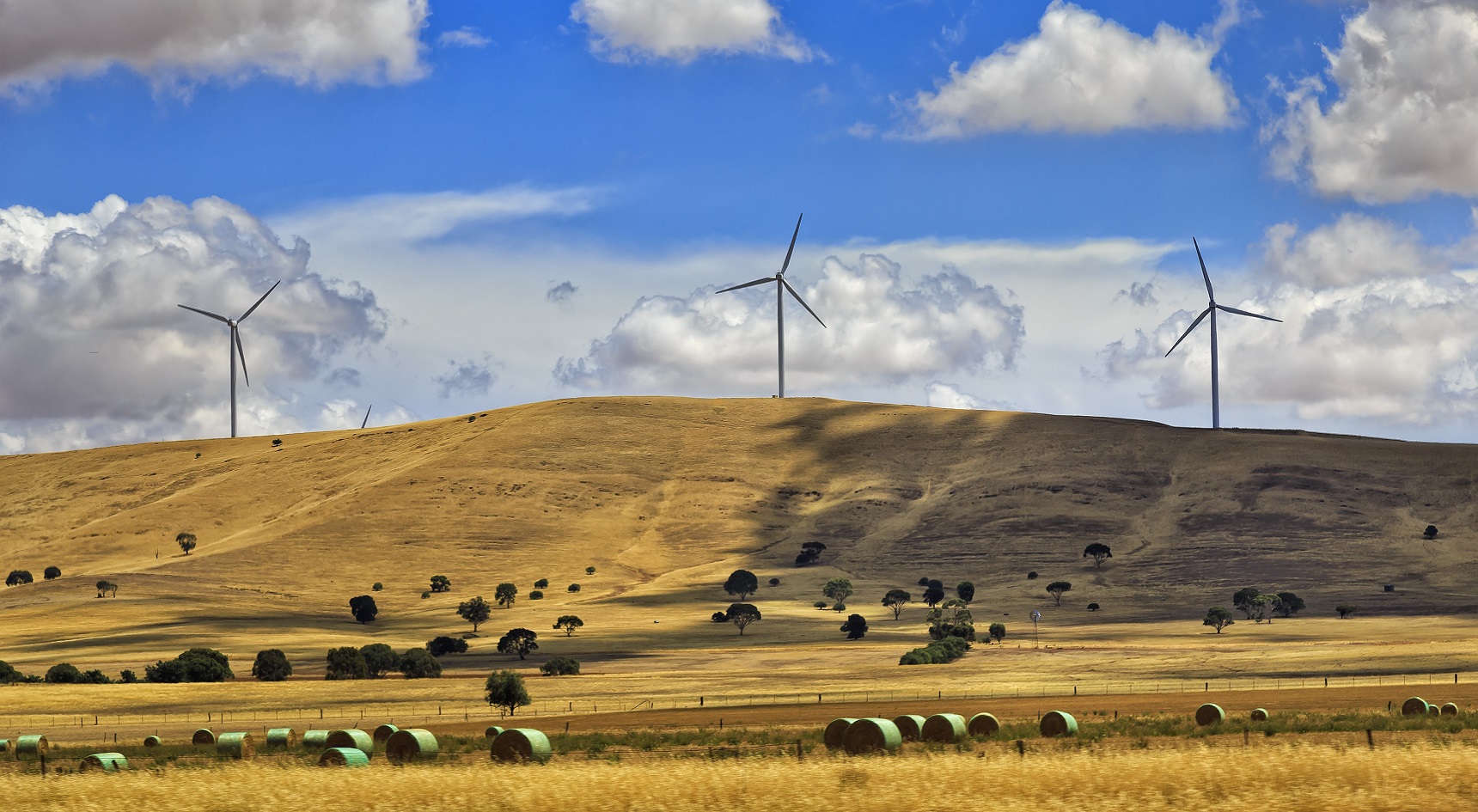
SA produces the greenest electricity on mainland Australia. Image: iStock
Types of electric vehicle
EVs fall into 3 categories – BEVs, PHEVs and HEVs – depending on the way they utilise electricity. HEVs (hybrid electric vehicles) are powered by a conventional engine as well as an electric motor. The ‘regular’ engine does the majority of the work, while the electric motor assists, with the main goal of improving fuel economy. Hybrids can’t be plugged in and charged from the grid.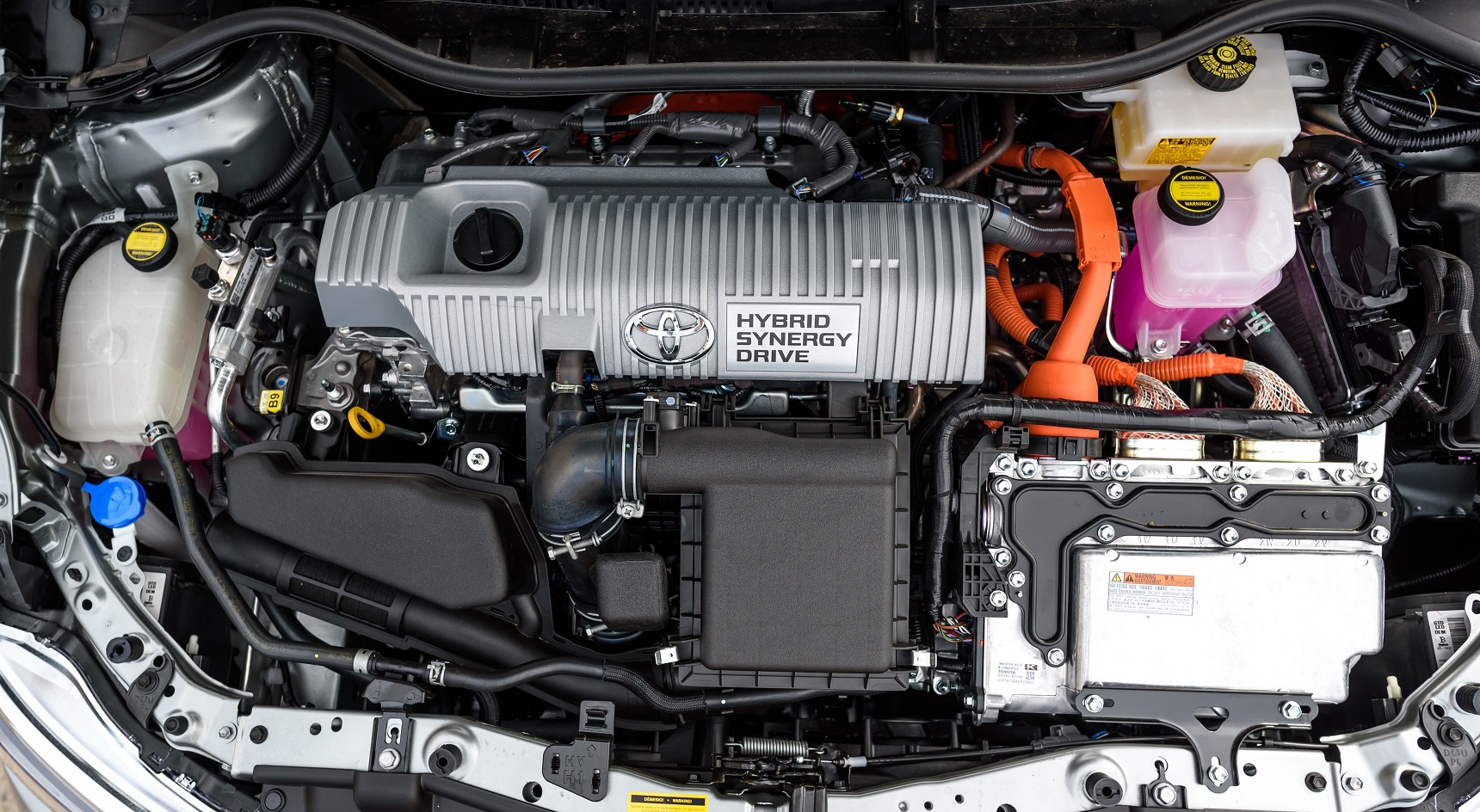
A typical hybrid engine. Image: iStock
Electric vehicles currently available in Australia
If all the EV talk has piqued your interest, we’ve put together a list of electric vehicles available in Australia. Currently, the playing field includes a mix of affordable brands and luxury marques with prices ranging from $50,000 for the Nissan Leaf to over $200,000 for the Porsche Panamera Hybrid. Here’s what you can buy in Australia today: Audi A3 e-tron Audi Q7 e-tron BMW i3 Hyundai Ioniq Hyundai Kona Jaguar I-PACE
The Jaguar I-PACE. Image: iStock

Porsche Panamera Hybrid. Image: iStock
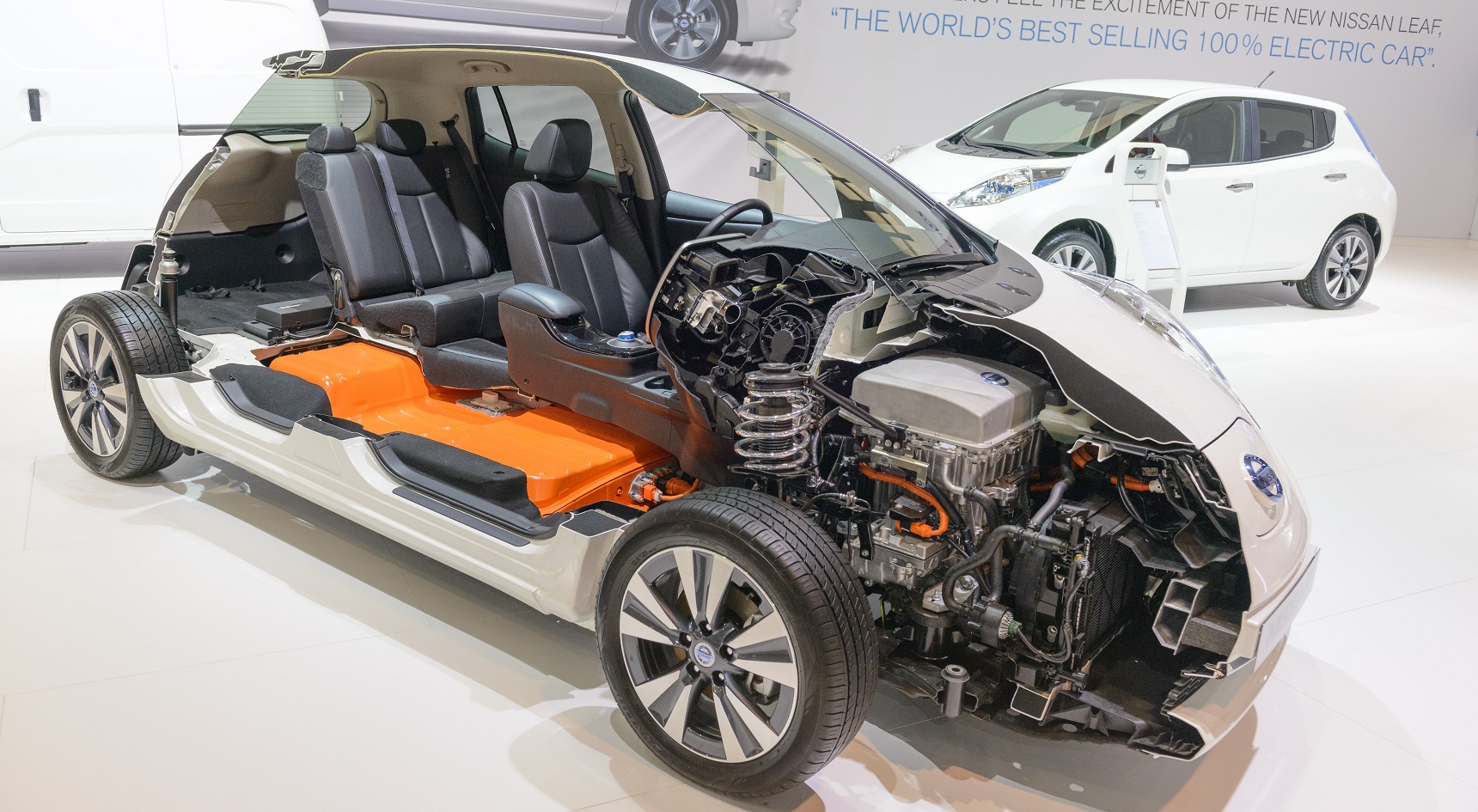
Cross section of a Nissan Leaf. Image: iStock

